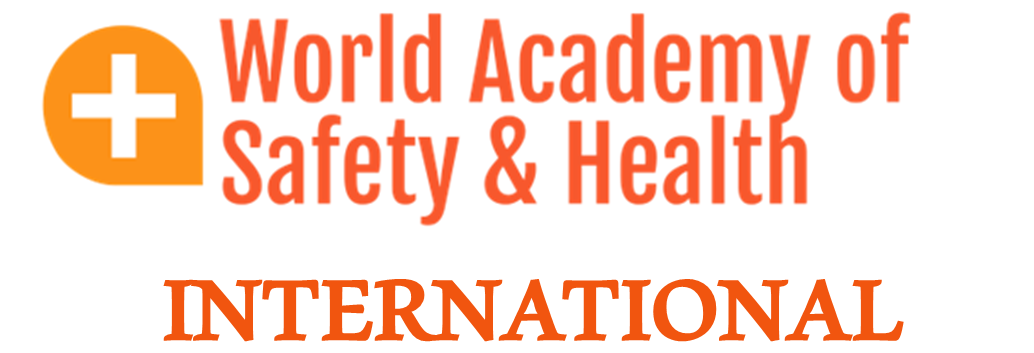
Safety at Sea Training is a crucial component of maritime education, and it plays a vital role in ensuring the safety of individuals working or traveling on the water.
Safety at Sea Training typically covers a wide range of topics and skills that are essential for anyone involved in maritime activities. Here are some key aspects of Safety at Sea Training:
- Survival Techniques: This includes instruction on how to survive in various emergency situations at sea, such as abandoning ship, using life rafts, and basic survival techniques while awaiting rescue.
- Firefighting Skills: Fire can be a significant hazard on ships, and Safety at Sea Training often includes hands-on training in firefighting techniques, the use of firefighting equipment, and fire prevention measures.
- First Aid and Medical Training: Basic first aid and medical training are essential for addressing injuries and medical emergencies that may occur at sea. This includes CPR, wound management, and dealing with common health issues on board.
- Man Overboard Procedures: Learning how to respond quickly and effectively when someone falls overboard is crucial. Training covers rescue techniques and the use of life-saving equipment like lifebuoys and rescue boats.
- Emergency Communication: Proper use of distress signals, radio communication, and emergency beacons is taught to ensure that help can be summoned in case of emergencies.
- Lifeboat Handling: Instruction on launching and managing lifeboats is an essential part of Safety at Sea Training. This includes proper procedures for loading passengers, launching, and navigating lifeboats.
- Personal Safety Equipment: Understanding and proper use of personal safety equipment like life jackets, immersion suits, and personal locator beacons is a key component of training.
- Environmental Awareness: Awareness of environmental concerns and best practices for minimizing the impact of maritime activities on the environment is increasingly important in modern maritime training.
- Regulations and Compliance: Safety at Sea Training also covers international regulations and standards, such as the Standards of Training, Certification, and Watchkeeping (STCW) Convention, which sets the minimum training and certification requirements for seafarers.
It is crucial to continually update and adapt training programs to meet changing regulations and industry best practices.
If you have specific questions or if there’s anything more detailed you’d like to know about Safety at Sea Training, please contact us:
